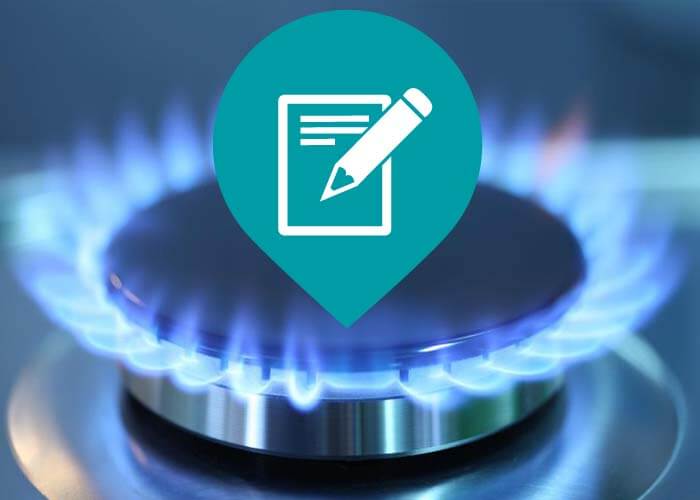
Exactly how Does the Natural Gas Shipment System Work?
Exactly how Does the Gas Distribution System Work?
Gas streaming from higher to lower pressure is the essential concept of the gas distribution system. The amount of pressure in a pipeline is gauged in pounds per square inch.
From the well, the gas goes into "celebration" lines, which resemble branches on a tree, obtaining bigger as they obtain closer to the main collection factor.
Event Solutions
An event system may need several field compressors to move the gas to the pipe or the handling plant. A compressor is a maker driven by an internal burning engine or wind turbine that creates pressure to "press" the gas through the lines. Many compressors in the gas distribution system use a percentage of natural gas from their very own lines as gas.
Some natural gas celebration systems consist of a processing center, which carries out such features as getting rid of pollutants like water, co2 or sulfur that could corrode a pipeline, or inert gases, such as helium, that would decrease the energy value of the gas. Processing plants also can remove small quantities of gas as well as butane. These gases are utilized for chemical feedstocks as well as other applications.
The Transmission System
From the gathering system, the gas actions right into the transmission system, which is usually composed of about 272,000 miles of high-strength steel piper.
These huge transmission lines for gas can be contrasted to the country's interstate freeway system for autos. They relocate huge amounts of gas countless miles from the producing regions to regional distribution business (LDCs). The stress of gas in each area of line normally ranges from 200 pounds to 1,500 pounds per square inch, depending upon the sort of area in which the pipe is operating. As a precaution, pipes are designed as well as constructed to manage much more pressure than is ever really reached in the system. For example, pipes in even more inhabited areas operate at less than one-half of their layout stress level.
Numerous significant interstate pipelines are "looped"-- there are 2 or more lines running alongside each other in the very same access. This provides optimum capability during periods of peak demand.
Compressor Stations
Compressor terminals are located approximately every 50 to 60 miles along each pipe to increase the stress that is shed with the rubbing of the gas relocating with the steel pipe. Lots of compressor stations are entirely automated, so the devices can be begun or quit from a pipe's main control area. The control room can additionally from another location operate shut-off valves along the transmission system. The operators of the system maintain in-depth operating information on each compressor terminal, as well as continually readjust the mix of engines that are going to make the most of performance and also security.
Natural gas relocations via the transmission system at approximately 30 miles per hour, so it takes numerous days for gas from Texas to come to an utility invoice point in the Northeast. Along the road, there are lots of affiliations with other pipelines and also other utility systems, which supplies system drivers a good deal of adaptability in moving gas.
Linepack
A 50-mile area of 42-inch transmission line operating at around 1,000 extra pounds of pressure includes about 200 million cubic feet of gas-- sufficient to power a kitchen range for greater than 2,000 years. The quantity of gas in the pipeline is called the "linepack.".
By elevating and also decreasing the stress on any kind of pipe section, a pipeline company can use the sector to save gas during periods when there is much less demand at the end of the pipeline. Making use of linepack by doing this allows pipe operators to take care of hourly fluctuations sought after very successfully.
Natural gas pipelines and also utilities utilize really advanced computer system models of client demand for gas, which relate everyday and also hourly consumption patterns with seasonal and also ecological factors. That's why clients can depend upon the integrity of gas-- when it's needed, it's there.
Entrance Stations.
When the gas in a transmission pipe reaches a regional gas utility, it normally passes through a "gate terminal." Utilities regularly have entrance stations obtaining gas at various locations and from numerous different pipes. Gate terminals serve 3 purposes. First, they reduce the pressure in the line from transmission degrees (200 to 1,500 extra pounds) to circulation degrees, which range from 1/4 extra pound to Click for more info 200 extra pounds. Then an odorant, the unique sour aroma connected with gas, is included, so that consumers can scent even small quantities of gas. Lastly, eviction terminal gauges the circulation price of the gas to determine the amount being gotten by the utility.